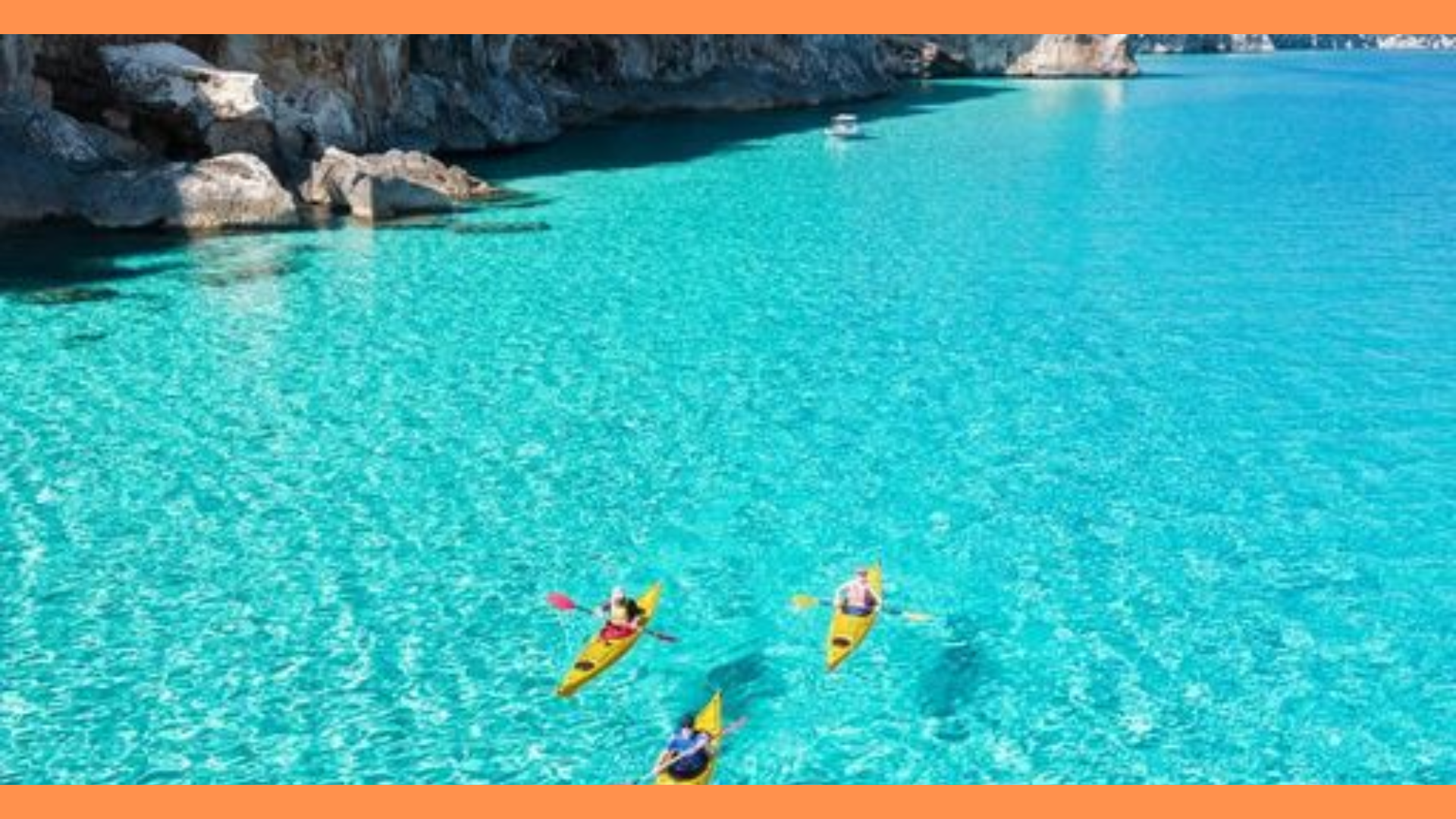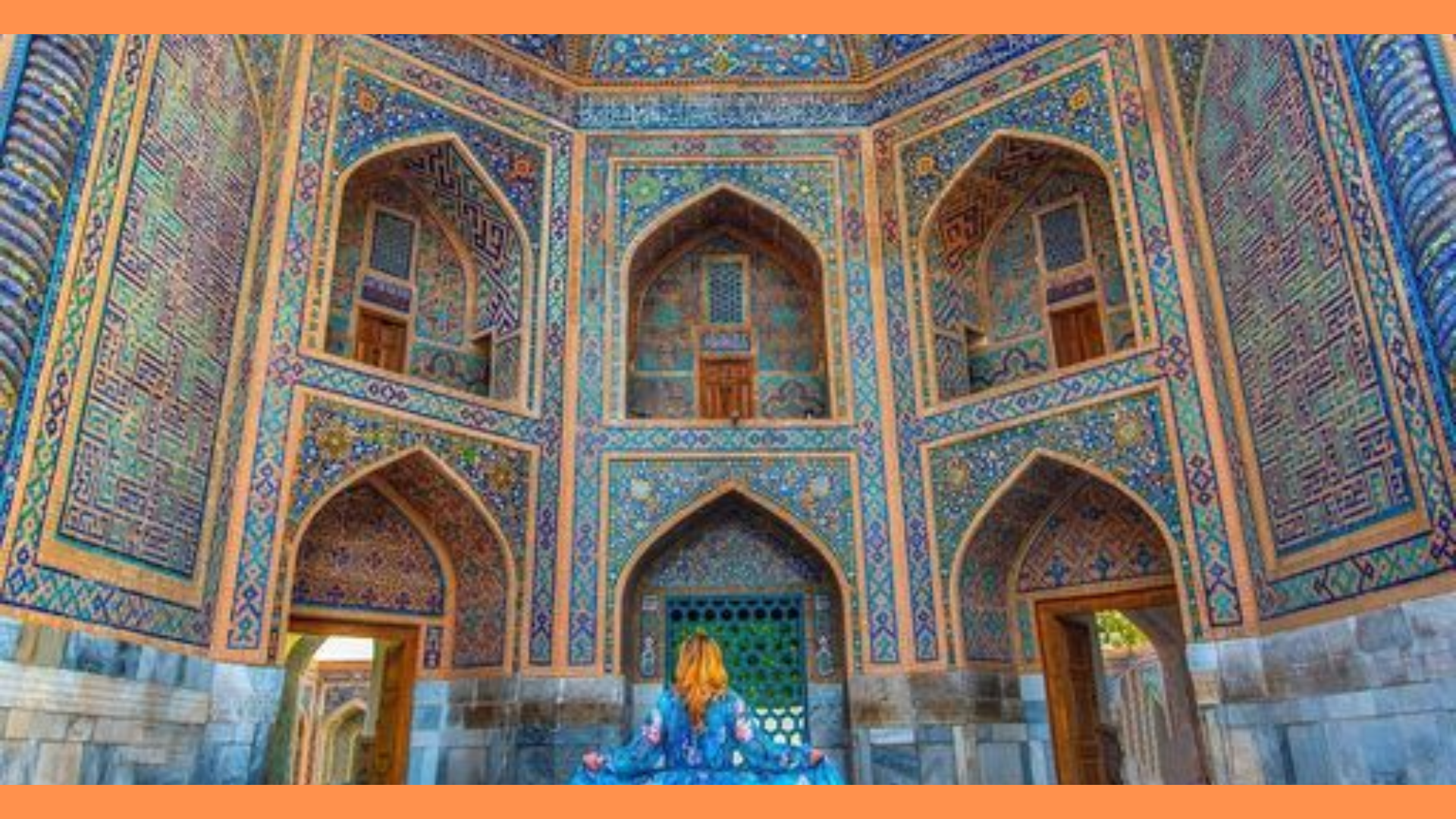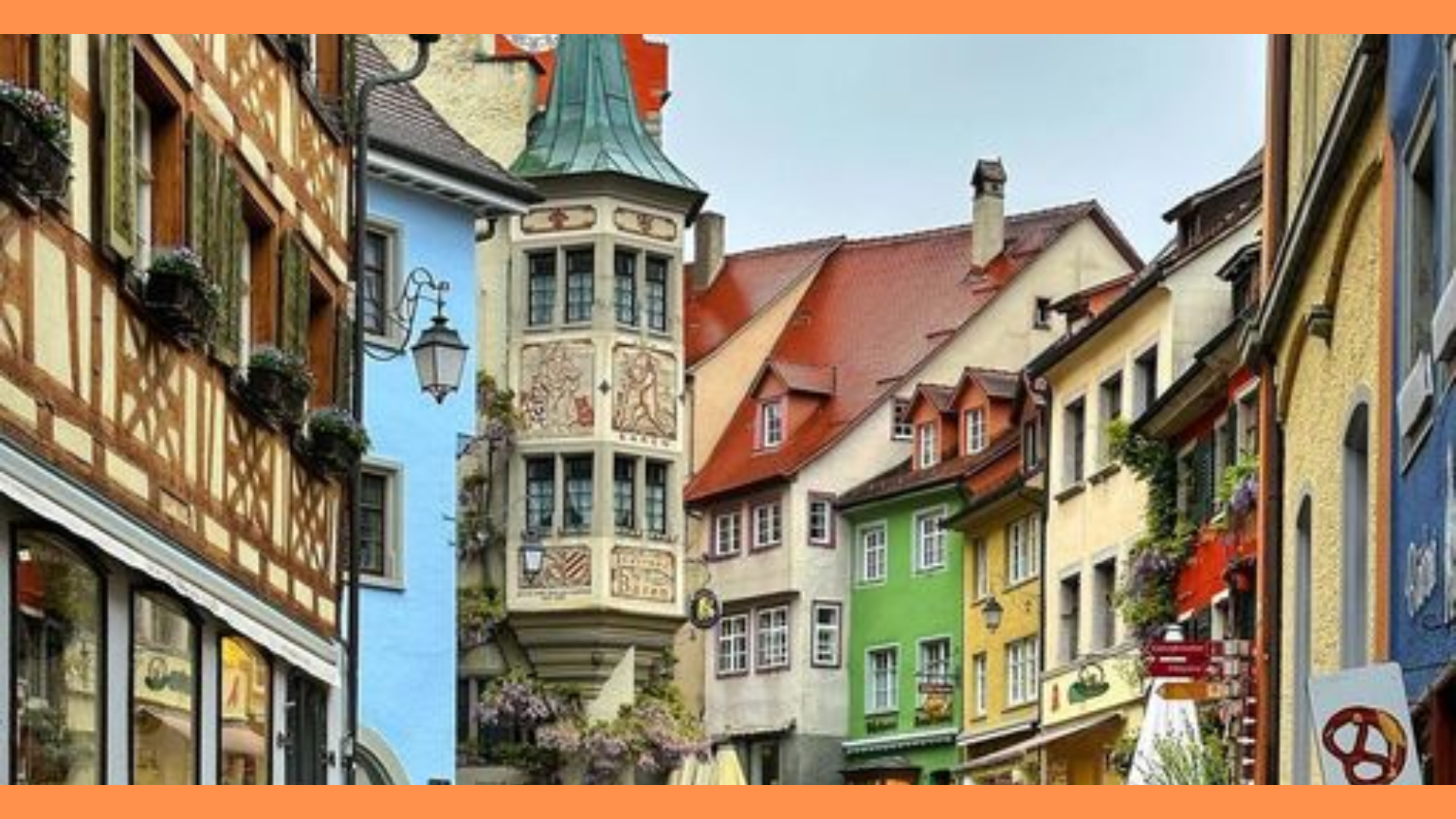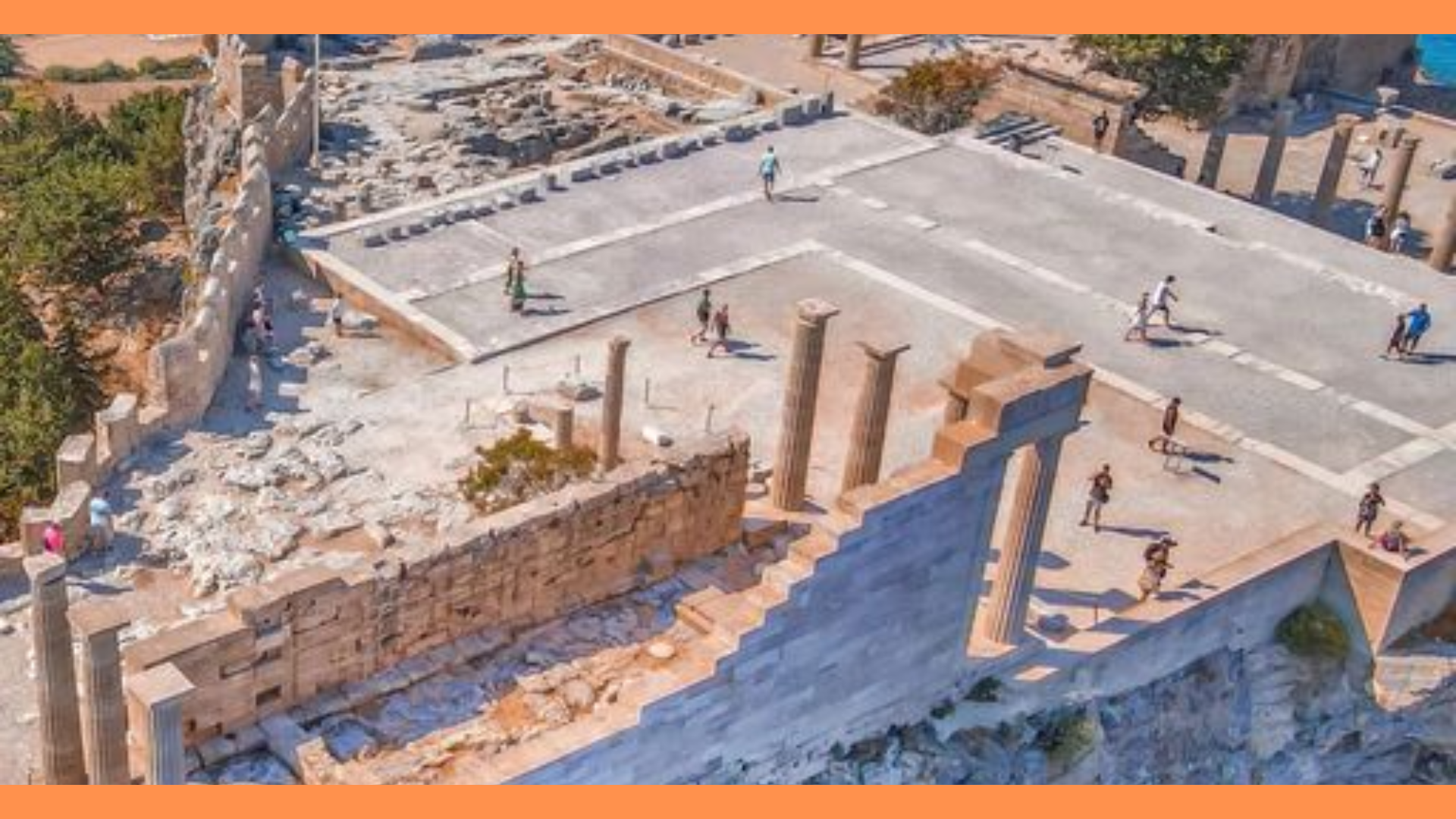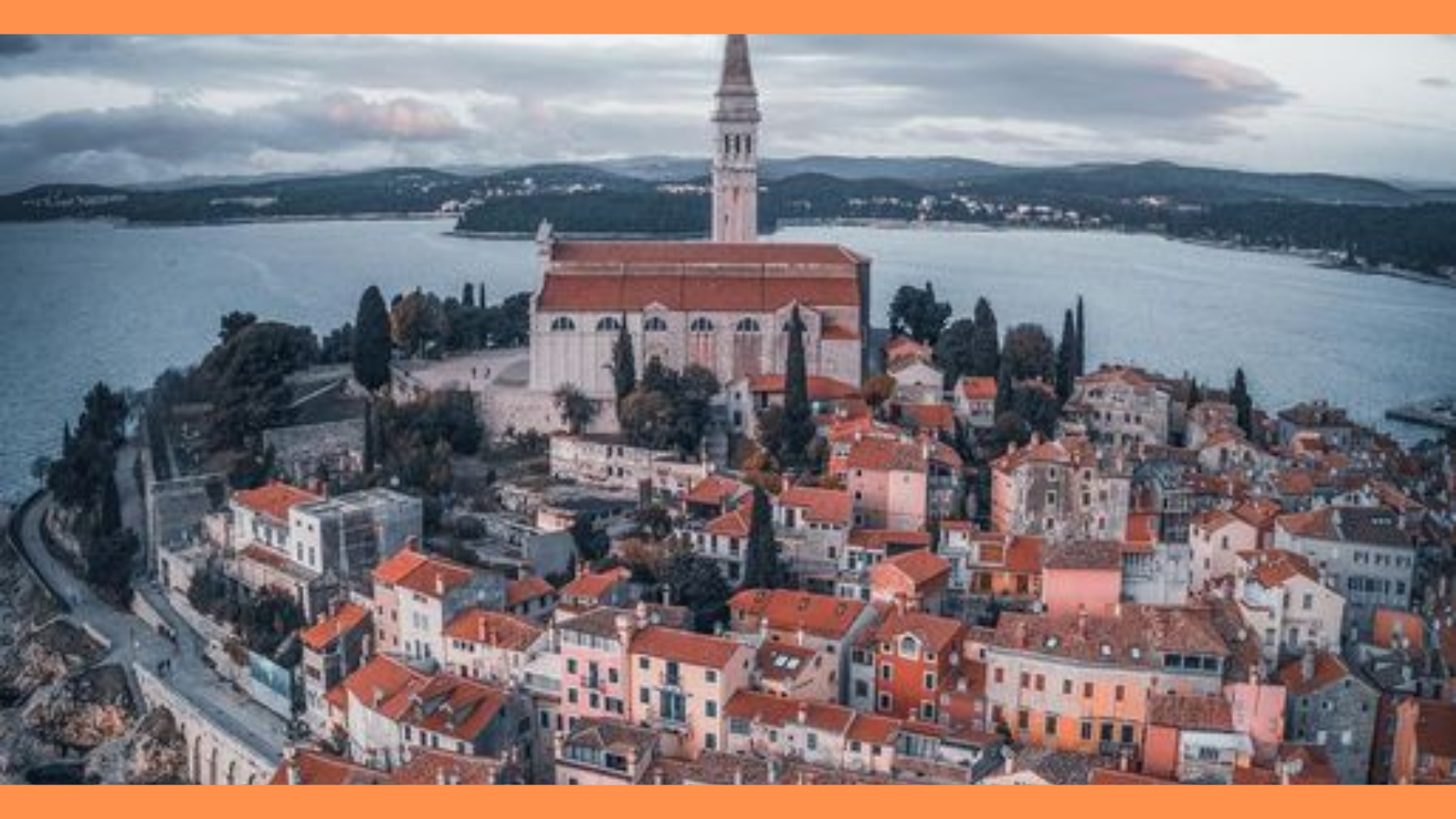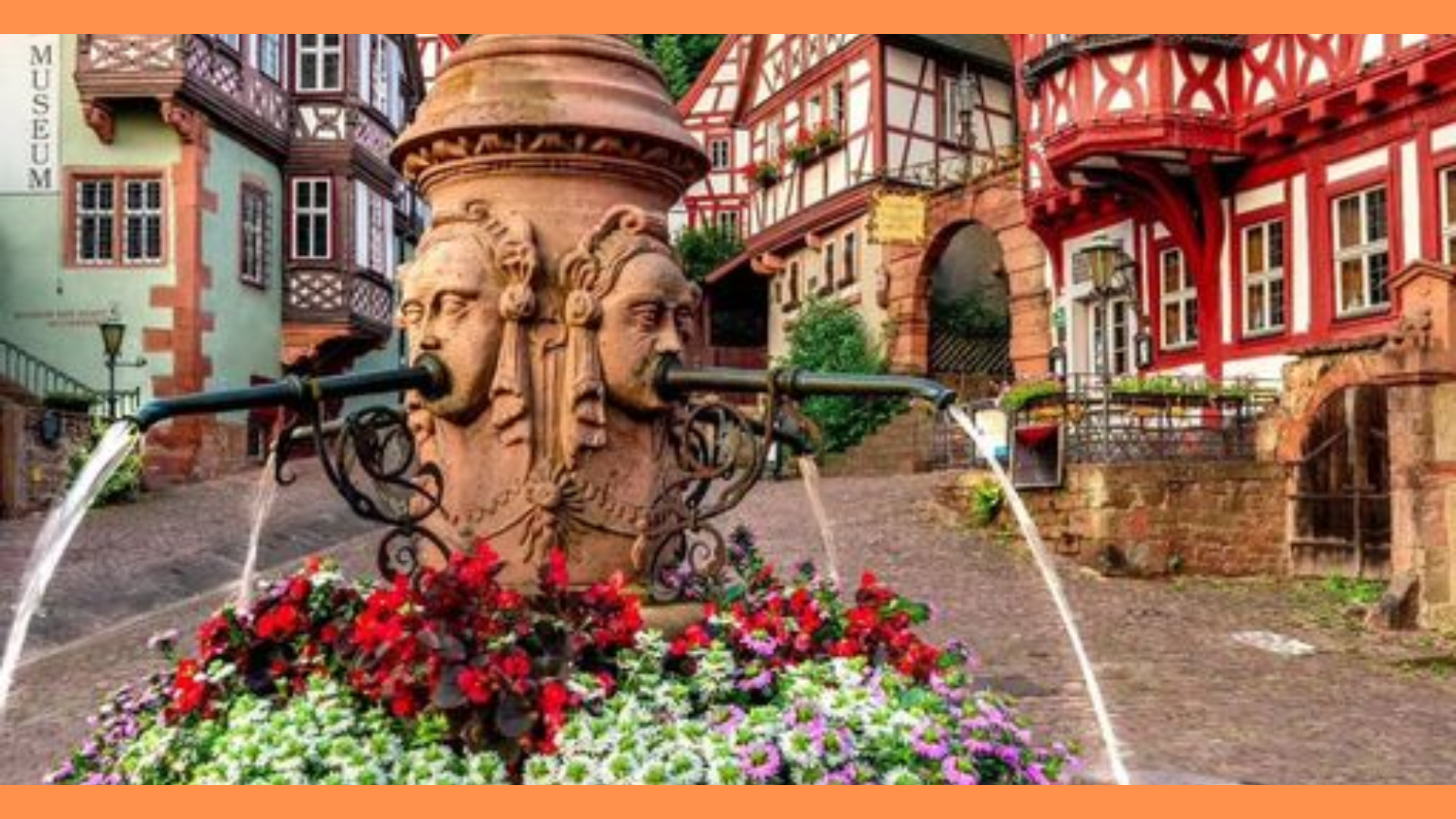Sardegna, an Italian island in the Mediterranean, is renowned for its stunning landscapes, rich cultural heritage, and diverse culinary traditions. The island offers a blend of natural beauty and historical depth, with destinations ranging from the ancient ruins of Nora and Barumini to the luxurious beaches of Costa Smeralda and the unspoiled beauty of the La Maddalena Archipelago.
I. Introduction
Sardegna, an Italian island in the Mediterranean Sea, is renowned for its rugged landscapes, beautiful beaches, and rich cultural heritage. Located west of mainland Italy, it is the second-largest island in the Mediterranean and boasts a unique blend of natural beauty and historical significance. Sardegna’s diverse geography ranges from stunning coastlines and pristine beaches to mountainous interiors, creating a captivating destination for travelers seeking both relaxation and adventure.
A. Overview of Sardegna
Sardegna, or Sardinia, is the second-largest island in the Mediterranean Sea, located west of the Italian mainland and south of the French island of Corsica. The island boasts a diverse landscape of sandy beaches, rugged mountains, and dense forests. Sardegna’s unique geographical features contribute to its rich biodiversity and stunning natural scenery. The island’s coastline, stretching over 1,800 kilometers, is dotted with some of the most beautiful beaches in Europe, featuring crystal-clear waters and fine white sand.
B. Importance as a Travel Destination
Sardegna is an increasingly popular travel destination, attracting visitors with its unique blend of natural beauty, historical significance, and cultural richness. The island offers a wide array of attractions and activities that cater to various interests, making it an ideal destination for nature lovers, history enthusiasts, and culture seekers alike.
1. Rich Cultural Heritage
Sardegna’s cultural heritage is a significant draw for tourists. The island is home to numerous historical sites, including ancient nuraghi, Roman ruins, and medieval castles. The Nuraghe Su Nuraxi in Barumini is a must-visit, offering insights into the island’s prehistoric past. Other notable sites include the Roman amphitheater in Cagliari, the medieval castles in Alghero and Castelsardo, and the historic district of Castello in Cagliari, which features narrow streets, ancient walls, and panoramic views.
2. Scenic and Unique Features
Sardegna’s natural attractions are equally compelling. The island is renowned for its pristine beaches, with the Costa Smeralda being the most famous stretch of coastline. This luxurious resort area features some of the best beaches in the Mediterranean, including Cala di Volpe, Spiaggia del Principe, and Liscia Ruja. The La Maddalena Archipelago, a national park consisting of seven main islands and numerous smaller islets, offers stunning landscapes and is a paradise for boating, snorkeling, and diving enthusiasts.
II. Travel Destinations in Sardegna
The capital city of Sardegna, Cagliari, features a rich array of historical and architectural sites, including the ancient Roman amphitheater, the medieval Castello district, and the vibrant Marina district. The city offers a blend of historical depth and contemporary vibrancy, making it a key destination for those interested in Sardegna’s past and present.
A. Historical and Cultural Sites
1. Nuraghe Su Nuraxi
Nuraghe Su Nuraxi, located near the village of Barumini, is one of the most significant archaeological sites in Sardegna and a UNESCO World Heritage Site. This ancient stone structure dates back to the Bronze Age and is the best-preserved example of the island’s distinctive nuraghe architecture. The site consists of a central tower, surrounded by a complex of smaller towers and defensive walls.
Visitors to Nuraghe Su Nuraxi can explore the well-preserved ruins and gain insight into the island’s prehistoric past. Guided tours provide detailed explanations of the structure’s construction and its historical significance. The site’s strategic location offers stunning views of the surrounding countryside, adding to the overall experience.
2. Cagliari’s Historic District (Castello)
Cagliari, the capital of Sardegna, is a city rich in history and culture. The Castello district, located on a hill overlooking the city, is the historic heart of Cagliari. This medieval quarter is characterized by narrow, winding streets, ancient walls, and panoramic views of the city and the sea.
The Castello district is home to several important landmarks, including the Cagliari Cathedral, the Royal Palace, and the Torre dell’Elefante, a medieval tower offering breathtaking views. Visitors can also explore the Roman amphitheater, which dates back to the 2nd century AD and once hosted gladiatorial contests and other public spectacles. The district’s numerous museums, such as the National Archaeological Museum, provide further insights into Sardegna’s rich history and cultural heritage.
3. Alghero
Alghero is a picturesque coastal city on Sardegna’s northwest coast, known for its well-preserved historic center and Catalan influence. The city’s old town is a labyrinth of narrow streets, lined with medieval buildings, charming squares, and historic churches. The Cathedral of Santa Maria, with its distinctive bell tower, and the Church of San Francesco, featuring a beautiful cloister, are among the city’s notable landmarks.
Alghero’s waterfront is equally attractive, with its scenic harbor and fortified walls. The city’s ramparts, dating back to the 16th century, offer stunning views of the sea and the coastline. Alghero is also a gateway to the nearby Neptune’s Grotto, a spectacular sea cave accessible by boat or via a steep staircase carved into the cliffs.
B. Scenic Attractions
1. Costa Smeralda
The Costa Smeralda, or Emerald Coast, is one of Sardegna’s most famous and glamorous destinations. Stretching for about 55 kilometers along the island’s northeastern coast, this area is renowned for its stunning beaches, crystal-clear waters, and luxurious resorts. The coastline is dotted with numerous coves and bays, each offering a unique and idyllic setting.
Among the most popular beaches are Spiaggia del Principe, with its fine white sand and turquoise waters, and Cala di Volpe, known for its exclusive resorts and beautiful scenery. Visitors can indulge in a range of water activities, including swimming, snorkeling, and sailing. The nearby Porto Cervo, a chic resort town, is a hub of upscale boutiques, restaurants, and nightlife, attracting celebrities and the international jet-set.
2. La Maddalena Archipelago
La Maddalena Archipelago, a national park located off the northeastern coast of Sardegna, is a paradise for nature lovers and outdoor enthusiasts. The archipelago consists of seven main islands and numerous smaller islets, offering a diverse range of landscapes and marine environments. The largest island, La Maddalena, features a charming town with narrow streets, historic buildings, and a bustling harbor.
The archipelago’s beaches are among the most beautiful in the Mediterranean, with Cala Corsara on Spargi Island and Spiaggia Rosa on Budelli Island being particularly noteworthy. The clear, shallow waters surrounding the islands are perfect for snorkeling and diving, allowing visitors to explore the vibrant marine life and underwater landscapes. Boat tours are a popular way to navigate the archipelago and discover its hidden gems.
3. Gennargentu National Park
Gennargentu National Park, located in the central-eastern part of Sardegna, encompasses the island’s highest peaks and a diverse range of ecosystems. The park is a haven for hikers, with numerous trails leading through rugged mountains, dense forests, and picturesque valleys. The park’s highest peak, Punta La Marmora, offers breathtaking views of the surrounding landscape.
In addition to its natural beauty, Gennargentu National Park is home to several traditional mountain villages, where visitors can experience the island’s rural culture and hospitality. The village of Orgosolo, famous for its murals depicting Sardinian history and social issues, is a highlight. The park also supports a rich variety of wildlife, including rare species such as the Sardinian wildcat and the golden eagle.
III. Cuisine of Sardegna
Sardinian cuisine is a rich tapestry of flavors, shaped by the island’s diverse history and geography. The island’s culinary traditions are deeply rooted in its agricultural and pastoral heritage, with a strong emphasis on locally sourced ingredients. Sardinian food is known for its simplicity, yet it offers a unique and satisfying experience for the palate. This section will explore some of the island’s most iconic dishes, local specialties and street food, regional ingredients and products, and delectable desserts and sweets.
A. Traditional Dishes
1. Pane Carasau
Pane Carasau, also known as “music bread” due to its paper-thin, crispy texture, is one of Sardegna’s most iconic foods. This traditional flatbread dates back to ancient times and was originally made by shepherds, who needed a durable, long-lasting bread to take with them on their journeys. Pane Carasau is made from durum wheat flour, water, yeast, and salt. The dough is rolled out into thin sheets and baked twice, giving it its characteristic crunch. It can be enjoyed on its own, used as a base for various dishes, or soaked in water to soften it before serving with meats and cheeses.
2. Porceddu
Porceddu, or roasted suckling pig, is a quintessential Sardinian dish that reflects the island’s pastoral heritage. This dish involves slow-roasting a young pig, typically between one and two months old, over an open fire or in a wood-fired oven. The pig is seasoned with aromatic herbs such as myrtle and rosemary, which infuse the meat with a distinctive flavor. The result is tender, juicy meat with a crispy, golden-brown skin. Porceddu is often served at special occasions and festivals, accompanied by traditional side dishes like potatoes and vegetables.
3. Culurgiones
Culurgiones are Sardinian stuffed pasta, similar to ravioli, but with a unique twist. These pasta pockets are traditionally filled with a mixture of potatoes, pecorino cheese, garlic, and mint. The filling is wrapped in a thin dough and sealed with a distinctive braid pattern. Culurgiones are usually boiled and served with a simple tomato sauce, although they can also be enjoyed with butter and sage. This dish is particularly popular in the Ogliastra region and is often prepared during festivals and family gatherings.
B. Local Specialties and Street Food
1. Malloreddus
Malloreddus, also known as “gnocchetti sardi,” are small, ridged pasta shapes that resemble gnocchi. This pasta is made from semolina flour and water and is traditionally served with a rich tomato and sausage sauce. Malloreddus alla Campidanese is a classic Sardinian dish that combines this pasta with a sauce made from pork sausage, tomatoes, onions, saffron, and pecorino cheese. The saffron, which is grown locally, adds a unique depth of flavor to the dish.
2. Seadas
Seadas, or sebadas, are a traditional Sardinian dessert that combines sweet and savory flavors. These deep-fried pastries are made from semolina dough filled with fresh pecorino cheese and lemon zest. After frying, the pastries are drizzled with warm honey, which melts into the cheese filling, creating a delightful contrast of textures and flavors. Seadas are typically served as a dessert, but they can also be enjoyed as a snack or a special treat.
3. Fregula
Fregula, or fregola, is a type of Sardinian pasta that resembles couscous. It is made from semolina dough, which is rolled into small balls and toasted, giving it a nutty flavor and a distinctive texture. Fregula is often used in soups and stews, such as “fregula con arselle,” a popular dish that combines the pasta with clams, tomatoes, garlic, and parsley. This hearty dish is a testament to Sardegna’s rich maritime tradition and showcases the island’s abundance of fresh seafood.
C. Regional Ingredients and Products
1. Pecorino Sardo
Pecorino Sardo is a traditional Sardinian cheese made from sheep’s milk. It comes in two varieties: “fresco,” which is young and mild, and “stagionato,” which is aged and has a stronger, more pronounced flavor. Pecorino Sardo is an essential ingredient in many Sardinian dishes and is often enjoyed on its own or with a drizzle of honey. The cheese is known for its rich, creamy texture and its distinctive taste, which reflects the island’s lush pastures and traditional cheesemaking methods.
2. Bottarga
Bottarga is a delicacy made from the roe of grey mullet or tuna, which is salted, pressed, and dried. This ingredient is highly prized for its intense, briny flavor and is often grated over pasta or sliced thinly and served with olive oil and lemon. Bottarga di Muggine, made from mullet roe, is particularly renowned in Sardegna and is considered a luxurious treat. Its unique taste adds a burst of umami to any dish and is a favorite among seafood lovers.
3. Saffron
Saffron, known as “red gold,” is a prized spice that has been cultivated in Sardegna for centuries. The saffron from the village of San Gavino Monreale is particularly famous for its high quality and intense aroma. This spice is used to flavor and color a variety of dishes, from risottos and pastas to desserts and breads. The labor-intensive process of harvesting and drying the saffron threads contributes to its high value and status as a cherished ingredient in Sardinian cuisine.
In conclusion, Sardinian cuisine offers a rich and diverse array of flavors and textures that reflect the island’s unique cultural heritage and natural abundance. From traditional dishes like porceddu and culurgiones to local specialties like bottarga and pecorino sardo, Sardegna’s culinary traditions provide a memorable and satisfying experience for food lovers. The island’s desserts and sweets, such as seadas and pardulas, add a delightful finishing touch to any meal, showcasing the creativity and craftsmanship of Sardinian cooks and artisans.

